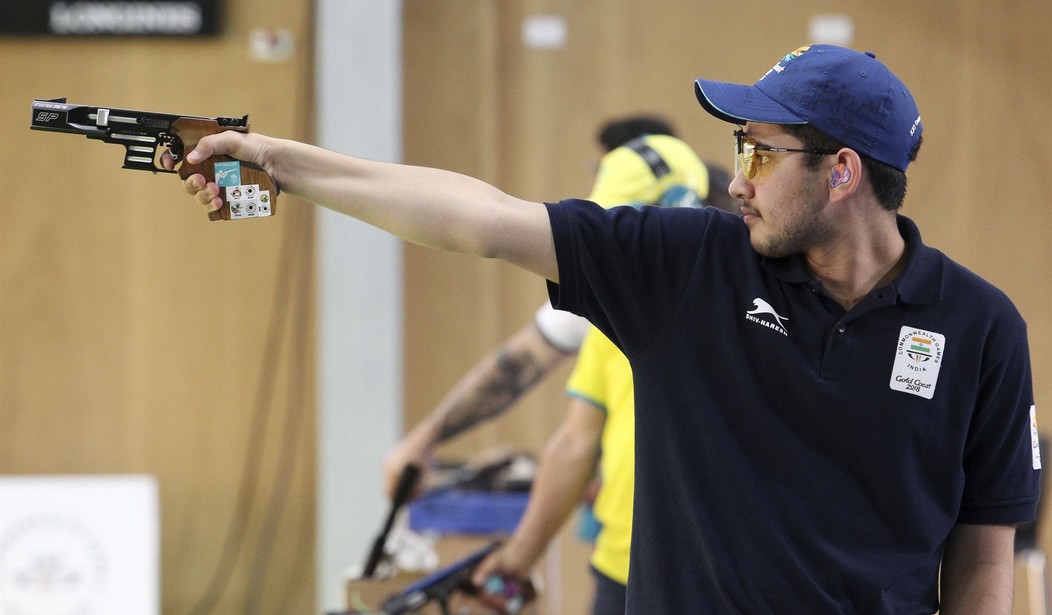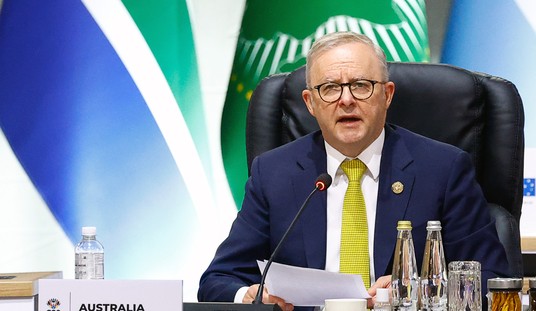The gun control lobby has been engaged in a concerted effort to destroy the firearms industry for decades now, and in recent years one of their chief tactics has involved focusing on how gun companies market their product. The anti-gunners claim that the gun industry is engaged in all kinds of nefarious plots to get kids addicted to shooting, but the “evidence” they tout doesn’t match their inflamed rhetoric.
Case in point: a new story from Salon that supposedly reveals how gun manufacturers are “quietly targeting young boys” using social media. I have to warn you that you might want to sit down before you see the shocking evidence they’ve uncovered.
Over the past several decades, gun manufacturers have largely marketed toward younger audiences through traditional modes of print advertising, like magazines and catalogues. But more recently, they’ve drastically narrowed their focus on one channel in particular: social media.
This largely appears to be the case with Smith & Wesson, which now heavily relies on its Instagram page in particular to promote its products. While Smith & Wesson engages in many of the tactics discussed above – that is, posting pictures of teens shooting guns and drawing dubious associations between its products and the military – Smith & Wesson also apparently employs its own “influencers” and “sponsored shooters” to connect more intimately with younger audiences.
The phenomenon, Everytown’s complaint alleges, is especially controversial because these personalities routinely fail to disclose their financial linkages to Smith & Wesson, despite promoting the company’s products. The result, Brown told Salon, is that the company’s influencers are able to pass off their paid promotions as authentic opinions – and in the process, avoid a relationship with youngsters feels “transactional.”
“If someone tells you, ‘Hey, I’m being paid to do this,’ it changes [the relationship] from an individual connection to ‘I’m dealing with a sales person,'” Brown told Salon. “But that’s not how the law is supposed to work. That’s not how disclosure is supposed to work. There are people selling things every single day who are influencers. And typically, the way it’s supposed to work is: a disclaimer…and a statement.”
Smith & Wesson’s apparent brand ambassadors include shooting instructor Ava Flanell, trick shot artist David Nash, digital marketer Nikki Boxler, former chief of police Ken Scott, as well as professional competition shooters Jerry Miculek and Julie Golob – all of whom respectively have thousands of Instagram, Twitter, Facebook, or YouTube followers.
Quelle horreur! Imagine all of those impressionable young boys watching a Julie Golob or Jerry Miculek video and what they might learn about safe and responsible firearm ownership. What an awful thing that would be, especially when kids could be learning how to destroy school bathrooms for Internet points instead.
It’s also highly amusing to me that Brady’s Kris Brown is complaining that Smith & Wesson is “trying to market the gun as a totem – a substitute for masculinity to teenagers” while pointing to the company’s sponsorship of competitive shooters like Ava Flanell, Nikki Boxler, and Julie Golob.
Salon’s piece is predicated on the idea that guns are bad, gun ownership is bad, and gun makers are absolutely awful. There’s just one problem with that: we’re talking about a legal product that’s protected by the Constitution.
The gun lobby’s alleged effort to foist guns onto young men and adolescents is not a novel phenomenon. For decades, gun manufacturers have sought to sustainably capture the interest of younger buyers, using new methods of marketing and merchandising to give their products a more youthful appeal.
The Violence Policy Center (VPC) detailed this strategy in a comprehensive report from 2017. It notes, for example, how the gun lobby mass-produces light-weight “tactical” rifles designed for shooters with smaller frames, often colored-coded with respect to gender. VPC specifically found that Smith & Wesson at one point offered its M&P 15 – the same gun used by Cruz – in “Pink Platinum, Purple Platinum, and Harvest Moon Orange.”
Again, what’s wrong with a gun company producing products that will appeal to a broad audience? Other than the fact that gun control activists don’t like it, that is.
In the past, some gun producers, like Thompson/Center, have been staggeringly candid about their bid to appeal to younger consumers. For instance, in a review of Thompson/Center’s child-friendly gun “Hotshot,” the company’s director of marketing quoted back in 2014: “We’re targeting the six- to 12-year-old range and feel that with the inclusion of the one-inch spacer in the box, there will be a longer period that the child can use the rifle, potentially out to 15 years old.”
This is absolute idiocy. Under federal law, you must be 18 to purchase a long gun. Companies like Thompson/Center aren’t trying to “appeal to younger consumers” by offering youth model firearms. They’re trying to appeal to parents. And as the owner of a Thompson/Center single-shot .22 rifle that I purchased years ago specifically to teach my kids how to be safe and responsible around firearms, I was glad that I could impart real gun safety lessons to them with a rifle like the Hotshot.
The gun banners hate the fact that they haven’t been able to take your guns away, but they truly despise the idea of moms and dads teaching their kids how to be safe and responsible with firearms and perhaps raising the next generation of Second Amendment activists in the process. Going after how gun companies market their products is just a means to an end. The goal isn’t to change how the firearms industry advertises. It’s to eradicate these companies altogether and to turn the exercise of a constitutionally-protected right into a taboo and illegal activity.








Join the conversation as a VIP Member